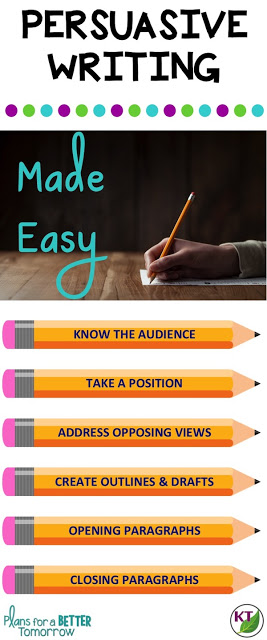If you’re here, you’re about to teach persuasive writing unit. Or argumentative writing, or whatever the cool kids are calling it these days! Or maybe you’re already in the muck & mire of it wondering why your students aren’t producing organized and compelling essays.
Many years ago, I caused myself — and my students — needless suffering when it came to persuasive writing. It doesn’t have to be a battle. In fact, it can be downright enjoyable when you break it down into simple steps!
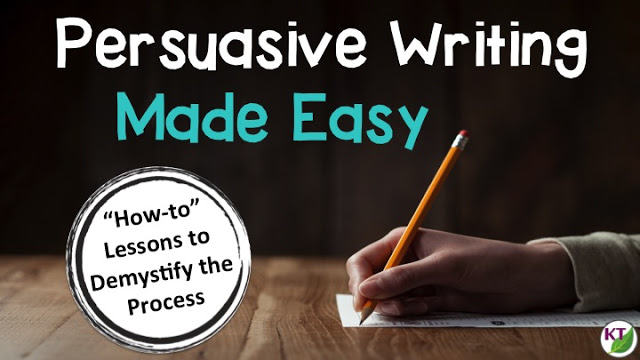
Persuasive Writing Pain Points
When you read your students’ essays, what are the pain points? For me, the list went like this:
– Lack of organization
– Inattention to audience and opposing views
– Weak opening and closing paragraphs
If you follow my blog, you’ve probably heard me reference (more than once) the error of assigning rather than teaching. I apologize for the repetition; if it wasn’t so important to recognize the difference, I could leave it alone. I feel compelled to admit when I’ve made this error myself, and this is another example where I assumed my students knew more than they did. Because I assigned an essay with little-to-no instruction, I yielded the unfortunate results of my poor investment when it came time to grade these essays.
After what probably was far too long a time, I realized I had made too many assumptions on background knowledge. What would someone who knew nothing about persuasive essays, maybe even persuasion of any kind, need to know in order to be s successful writer?
I identified what I consider critical skills for writing solid persuasive essays. To my view, the cherry-on-top skills like voice, word choice, sentence variety, fluency, etc. are part of the revision process, which follow lessons on structure and are not unique to this genre. What I first needed to focus on were the structural components necessary to properly write for the genre.
Skills We MUST Teach for Persuasive Writing:
– Consider your audience
– Take a position
– Address opposing views
– Outline the essay & draft body paragraphs
– Create opening paragraphs with an engaging hook the reader and thesis statement
– Create closing paragraphs that link to the opening and include a call to action
Armed with this list, I found that when I broke down each of these skills for isolated lessons and practice, the students’ writing improved dramatically. The problem is that we often skip steps due to the things we lack: time, a thorough curriculum or understanding of the process ourselves.
Or sometimes, we the hope that because students read, they’ll know how to write, almost by osmosis. There are no shortcuts. When we skip a critical step, we always have to circle back to teach it later. It really is more efficient and effective to invest the time up front.
Below, you’ll find how I think about each piece and my approach in teaching each component to make the persuasive writing process easier on you and your students!
1. Persuasive Writing: Audience
If I’m honest, I probably went years without really teaching my students how to evaluate their audience prior to writing, at least in any meaningful way. I suppose I thought they would inherently understand that the arguments used to persuade a peer would differ from those to persuade a parent; and indeed, some students do come to you with that understanding, but you can’t rely on it.
Teaching Ideas
One idea here is to come up with a persuasive essay prompt (e.g. students should join organized sports) and several different audiences (doctors, parents, peers, teachers). Have students suggest a few reasons it might be good to let students to participate in organized sports.
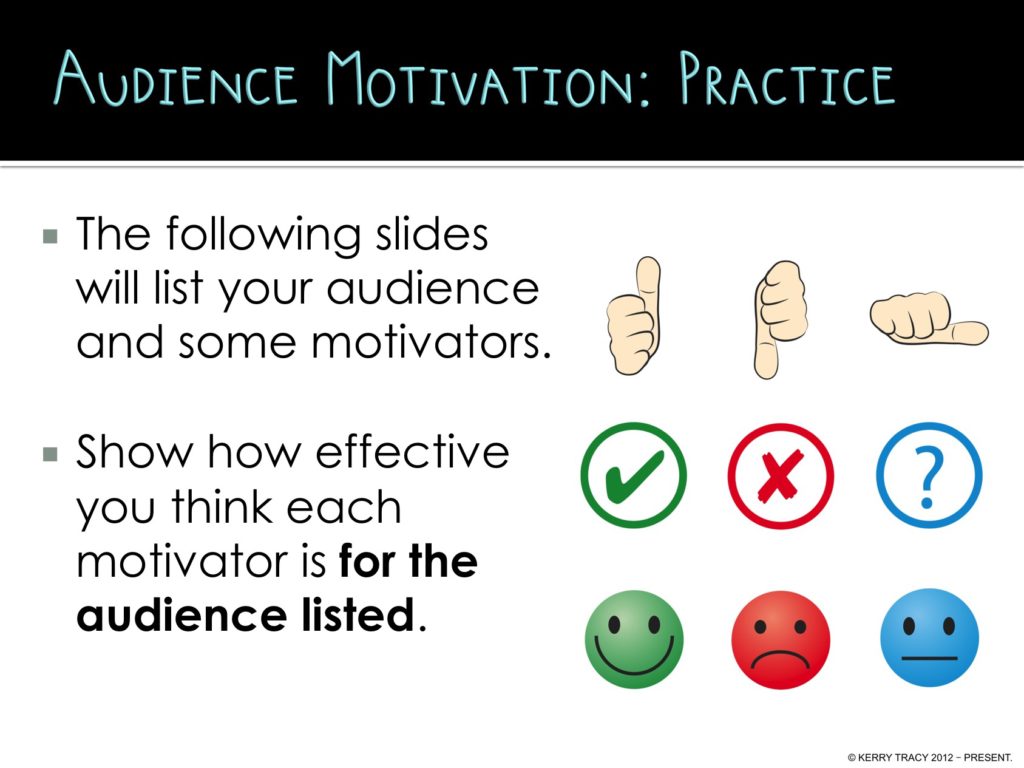
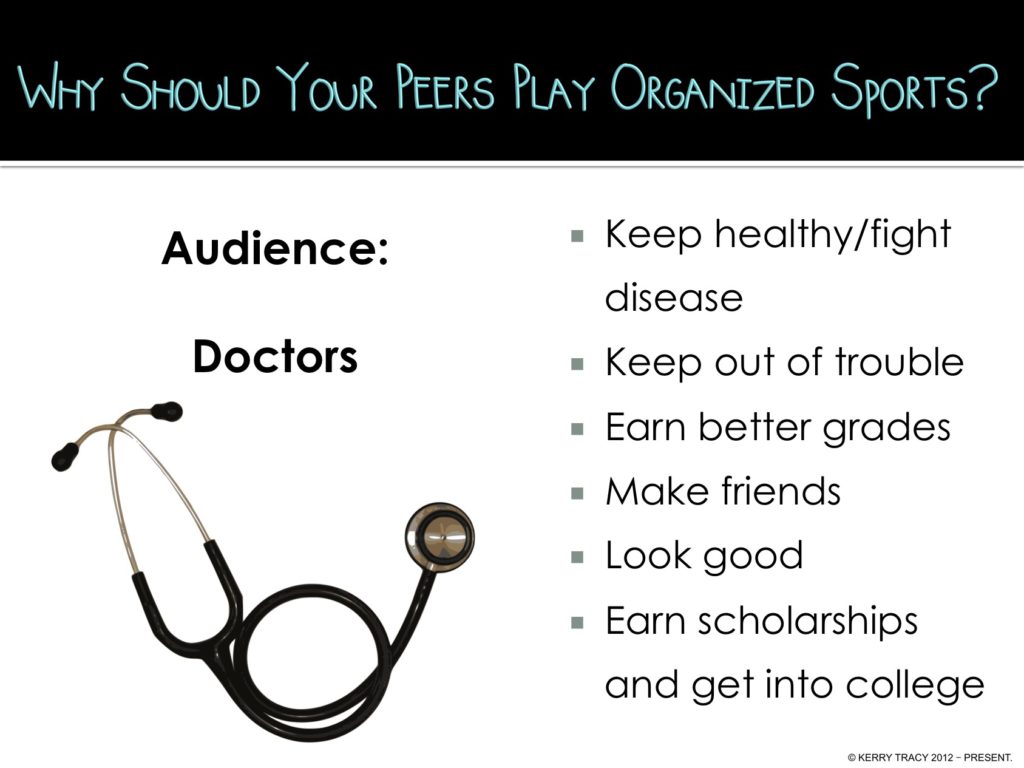
Make a chart with the reasons in the rows and the audiences in the columns. Have students rate how convincing/motivating the reasons are for each particular group (see slide below). This will highlight for the students that considering the audience is important because each group has different factors they care about and that concern them.
For additional practice, put students in groups. Give each the same prompt or a new one (students should be allowed to have cell phones in school), but a give each group a different audience (peers, parents, teachers, administrators). Have each group generate a list of motivating factors for their group. Come together whole-class to compare/contrast the lists.
Want a copy of my Audience Lesson? It’s a perk of being subscribed!
2. Take a Position, Make an Outline, Address Opposing Views, & Draft Body Paragraphs
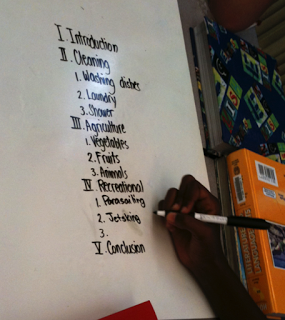
Teaching Ideas
When students receive an essay prompt in which they can choose their own side, they sometimes get stuck because they think they must first choose. If they aren’t immediately drawn to one side, it can cause problems. I ask students, even if they think they know where they stand, to make a pros & cons list. This approach is serving double duty. First, it helps them see which side they have more ideas for, making it easier to choose a side. Second, it provides the opposing views that they will need to address in order to have an effective persuasive essay.
With the pros & cons and a position selected, the students move on to breaking down their outlines. I teach students to insert the cons in related body paragraphs or to use to help create a hook in the opening paragraph.
3. Persuasive Writing Essays: Opening & Closing Paragraphs
Without a doubt, opening and closing paragraphs can be a beast! A solid opening and closing can make or break an essay, so it’s important to spend time practicing. When your students master this skill, it will pay off year after year, so remember that when you’re in the weeds!
Teaching Ideas
There is no one right way, but I choose to teach these paragraphs formulaically. I let students know along the way there are other ways to do this well, you don’t always have to be this structured, but I liken it to being a chef: first you learn how to cook by following a recipe, and eventually that gives way to you adding your own spices and flavors!
Opening paragraph requirements:
- Hook
- Transition to thesis statement
- Thesis statement
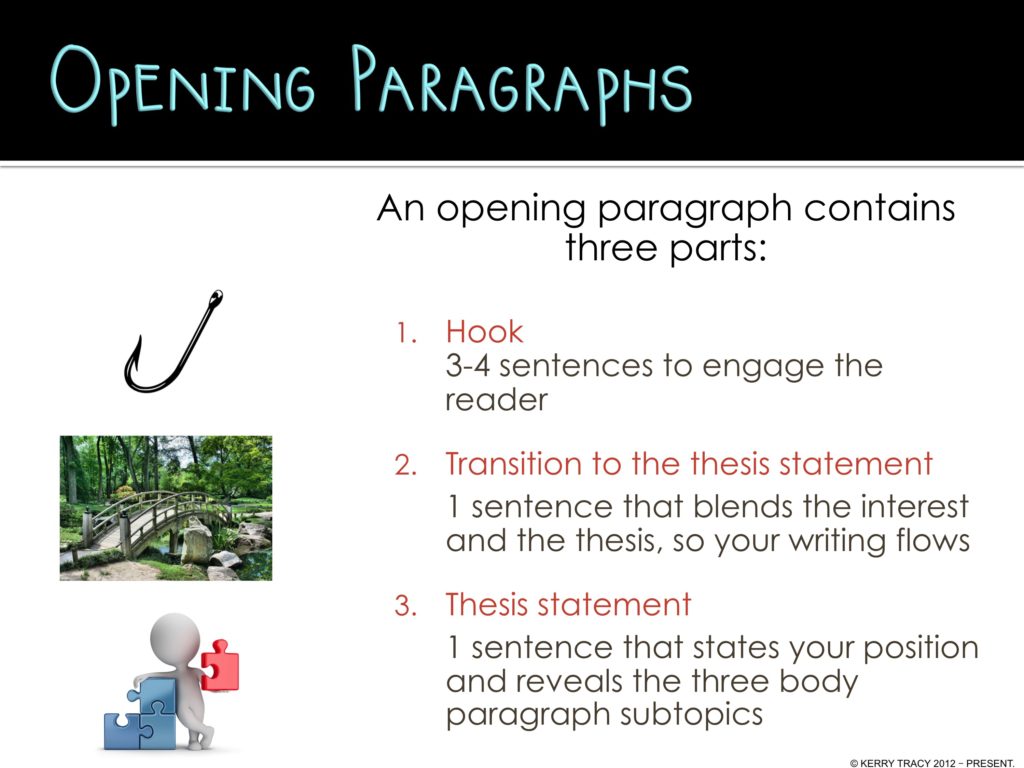
I usually start with the thesis statement since the students have just completed their outlines. The thesis statement should show what position the writer has taken and the topics of the body paragraphs to come.
Next, I teach three choices to create a hook: ask questions, anecdotes, and interesting facts/statistics. Here’s where the prep work comes in: you must craft an example of each type of hook for the same essay prompt (this is included in my individual and unit lessons).
Finally, I post the hook and the thesis statement with a large space in between. I ask the students to help me craft a transition to thesis that blends the two sections together. The trick is to keep it simple. It should be one true statement about your topic that doesn’t steal the thunder from your body paragraph ideas.
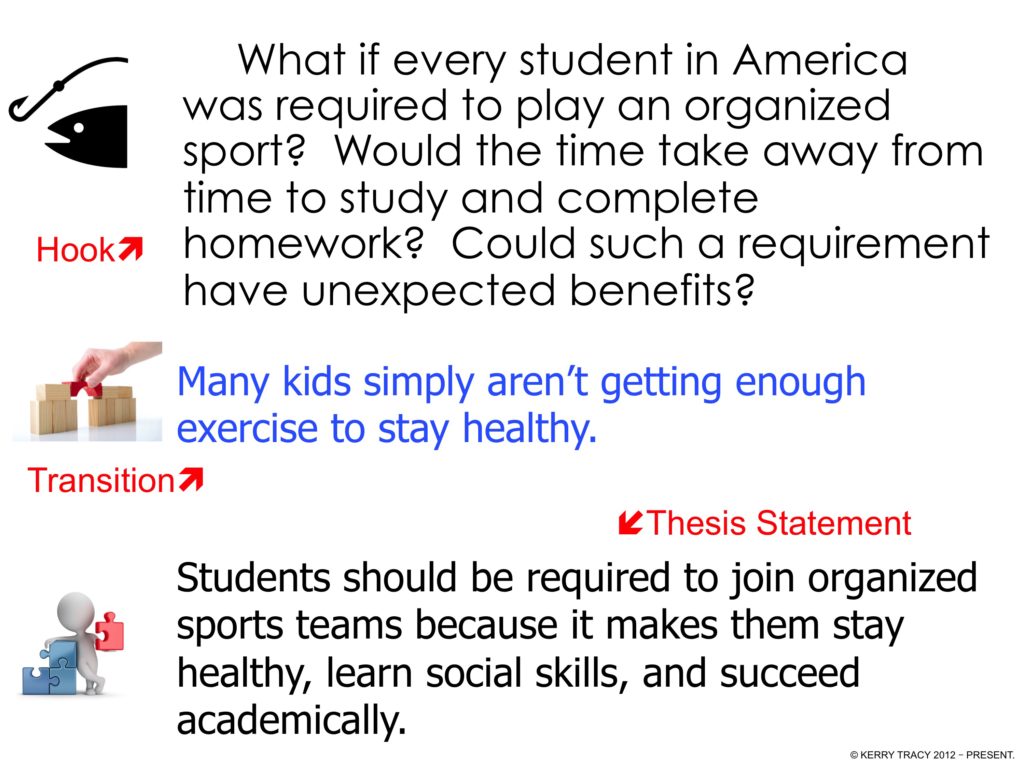
Closing paragraph requirements:
- Connect to the hook in the opening paragraph
- Re-state the thesis
- Call to action

Good news! The three examples of hooks you used for the opening paragraph lessons will be used again in this lesson. You will need to show students how to connect back to the hook without introducing new (especially conflicting) information for each approach.
Next, re-word the thesis so it isn’t an exact repetition of what was used in the opening paragraph, but conveys the same information.
Finally, teach students to conclude by telling their reader what they should think or do next.
Final Notes
Giving students compelling prompts is important, and you can find inspiration in absolutely any controversy. Not sure what to do? Look to a problem in your school, community, or country. It’s often helpful to have a short discussion/debate on a topic to help students think of and flesh out ideas.
You’ve got this! You can not only survive teaching writing, but thrive! Not convinced? Try my No/Low prep. Persuasive Writing Unit. It comes with editable PowerPoint lessons, student notes, practice handouts, and more. Watch the video preview below for more details or click through to the Persuasive Writing unit!
Get the Painless, Editable
Persuasive Writing Unit Bundle
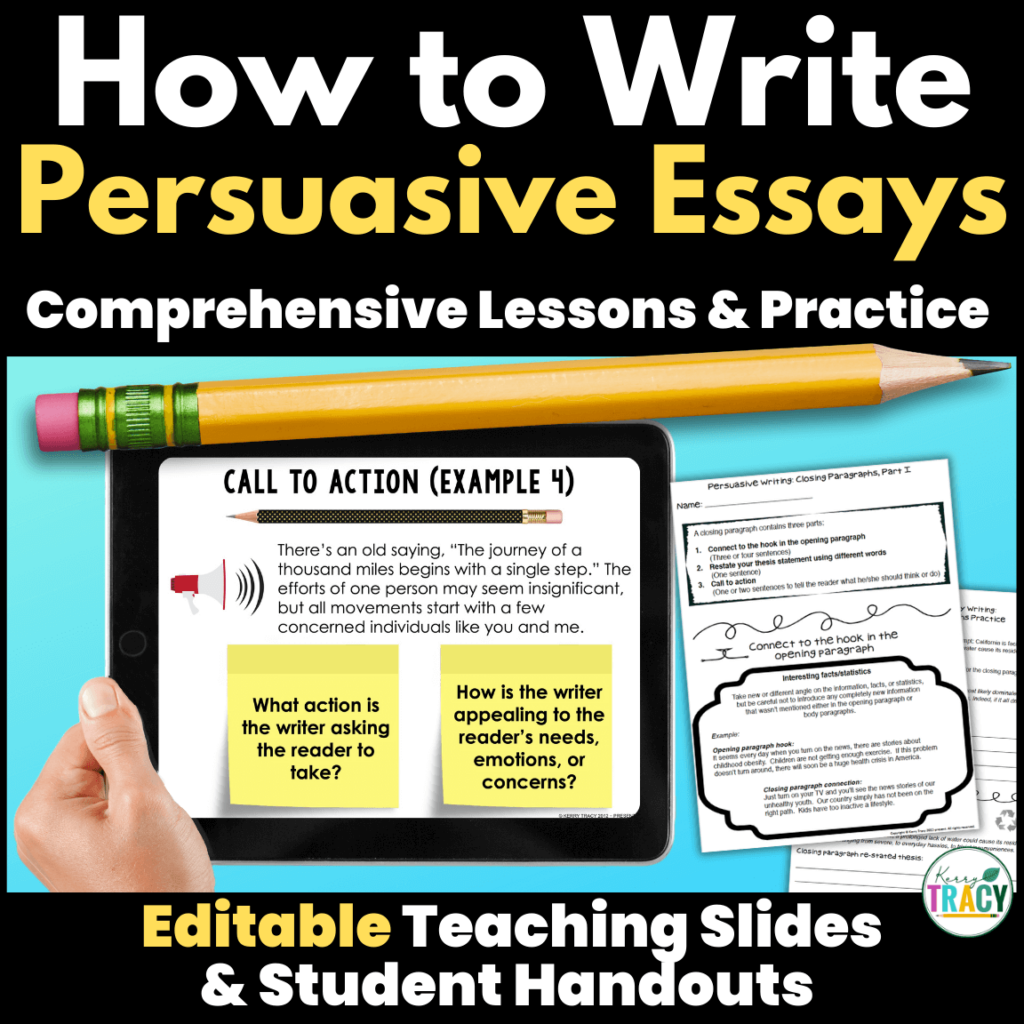
You might also want to check out these other writing posts:
Do Your Students Love to Write? It’s Within Reach
6 Ways to Survive Teaching Writing
Teaching Writing: Shacks vs. Mansions
Take Me to the Units!

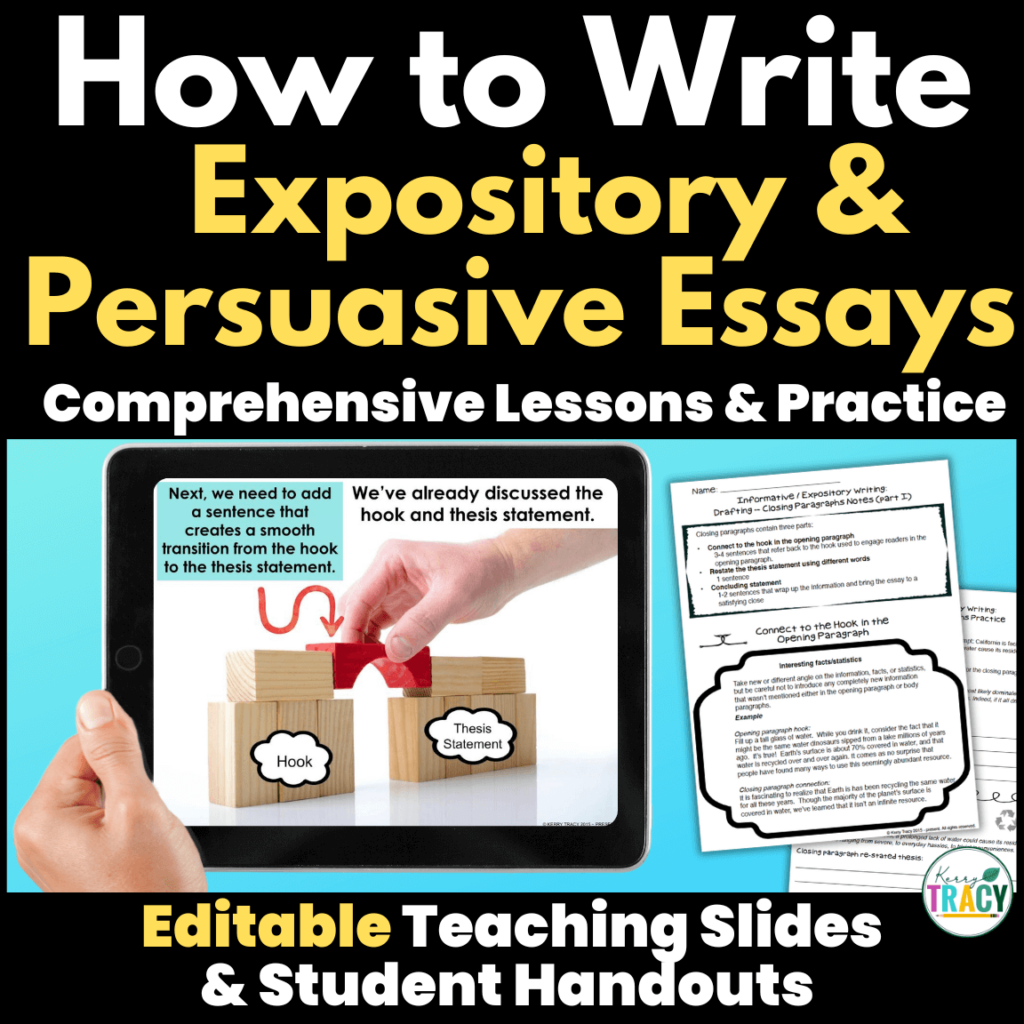
PIN FOR LATER
